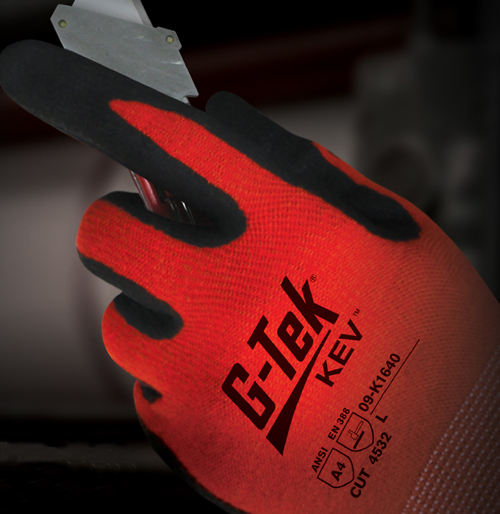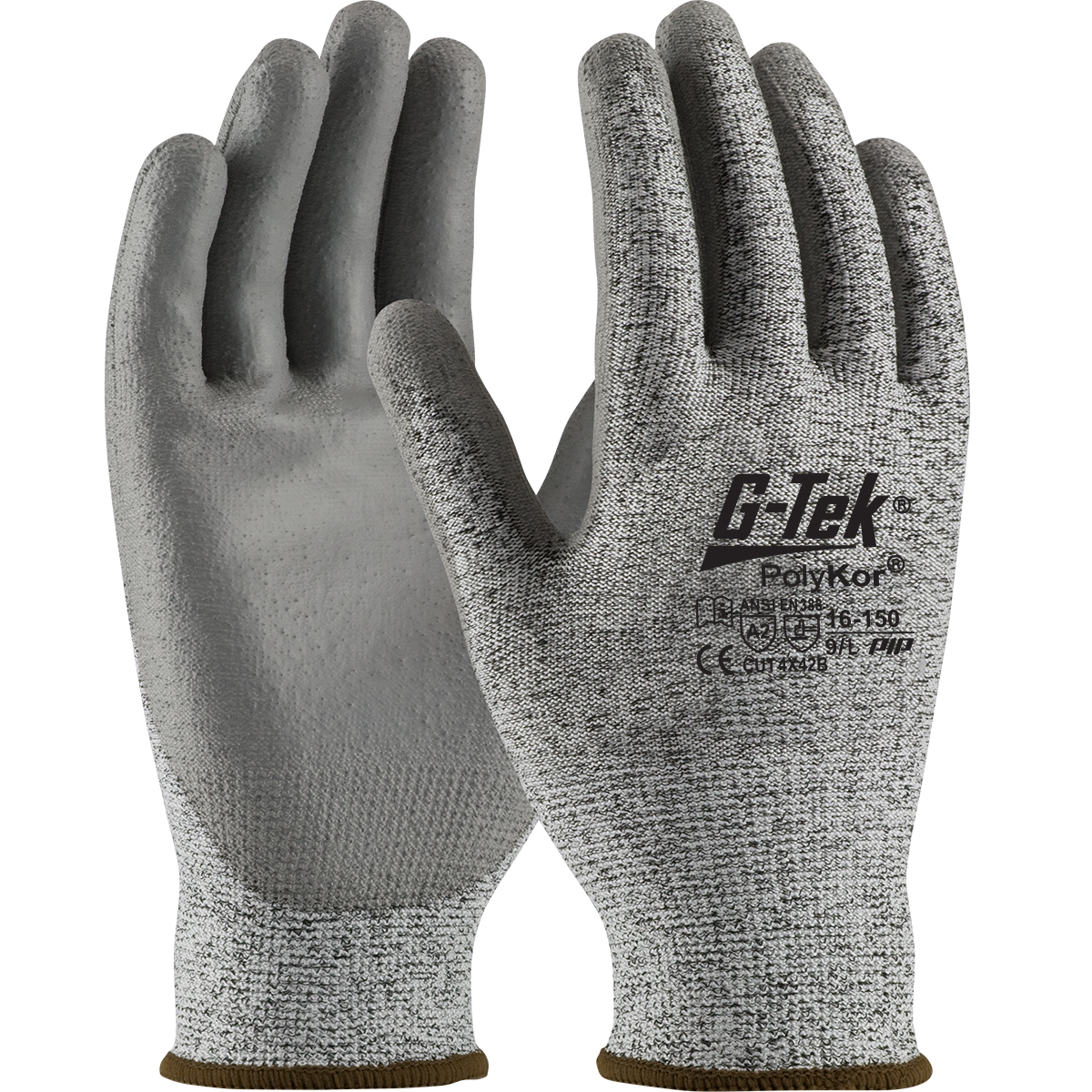Liner Material: PolyKor
PolyKor: Products constructed with PolyKor® engineered yarn are suitable for protection against mechanical hazards in the toughest environments. PolyKor® products can be designed for different protection levels, up to the highest levels, while maintaining an unprecedented level of comfort. They are also highly resistant to abrasion and chemicals, so you can rely on them to provide long-lasting protection.
View All PolyKorCoating: Polyurethane
Polyurethane: Polyurethane (PU) is a tough, proven material that offers good tactile sensitivity by way of its thin material deposit. It conforms intimately over multiple glove liners to provide flexibility, dexterity and tactile sensitivity. PU coated gloves are among the most commonly used because they are versatile and provide excellent value. Newer, water-based PU coatings offer improved flexibility and less environmental lifecycle impact.
View All PolyurethaneGrip: Flat
Flat: Flat coatings take on the surface properties of the glove liner which results in the thin, conformable deposit of coating material. This results in high dexterity glove with tactile grip in dry and in slightly oily conditions.
View All Flat

 General Purpose Gloves - CoatedMaxiFlex® Ultimate™34-874
General Purpose Gloves - CoatedMaxiFlex® Ultimate™34-874
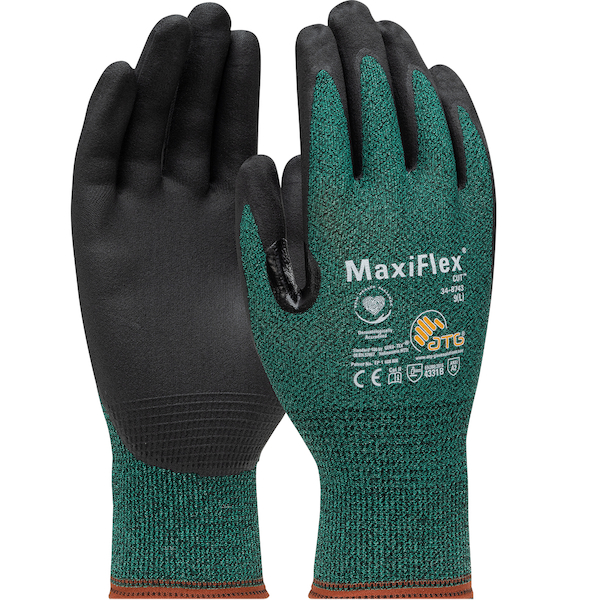 Cut Resistant GlovesMaxiFlex® Cut™34-8743
Cut Resistant GlovesMaxiFlex® Cut™34-8743
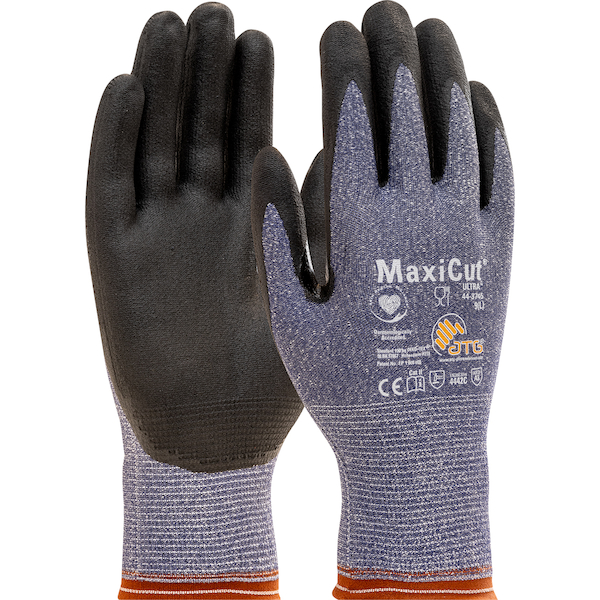 Cut Resistant GlovesMaxiCut® Ultra™44-3745
Cut Resistant GlovesMaxiCut® Ultra™44-3745
 Hi-Vis Cold GearPIP®333-1766
Hi-Vis Cold GearPIP®333-1766
 Heated ApparelBoss®300-HV100
Heated ApparelBoss®300-HV100
 Cut Resistant GlovesG-Tek® PolyKor®16-560
Cut Resistant GlovesG-Tek® PolyKor®16-560
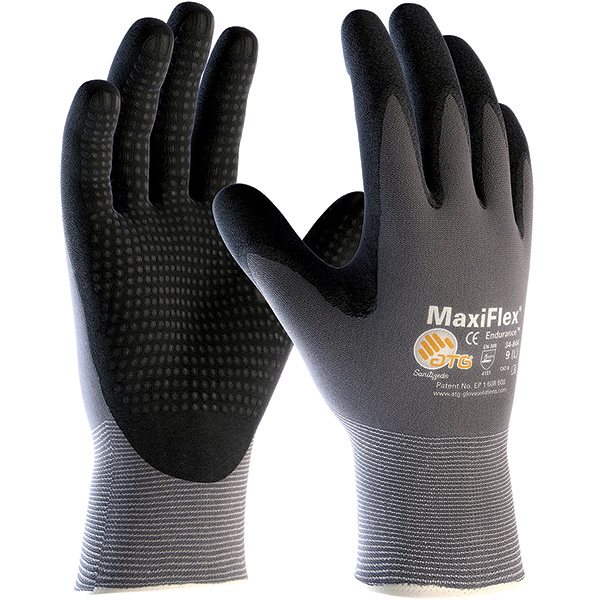 General Purpose Gloves - CoatedMaxiFlex® Endurance™34-844
General Purpose Gloves - CoatedMaxiFlex® Endurance™34-844
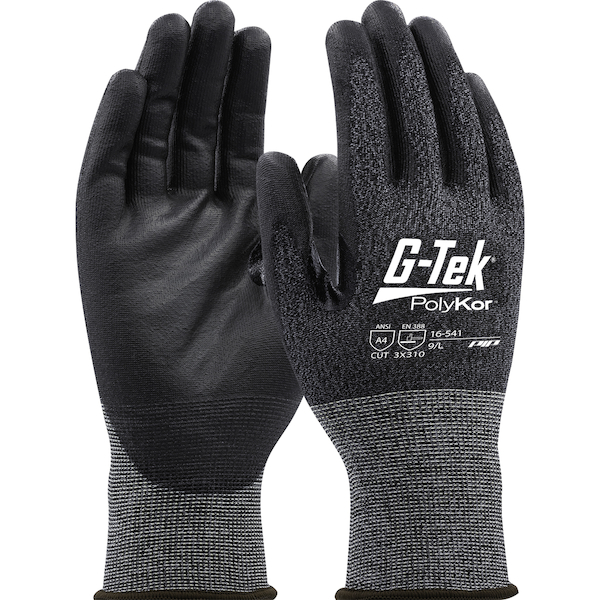 Cut Resistant GlovesG-Tek® Paradox™16-541
Cut Resistant GlovesG-Tek® Paradox™16-541
 Cut Resistant GlovesG-Tek® Paradox™16-351
Cut Resistant GlovesG-Tek® Paradox™16-351
 Extended Use Disposable GlovesGrippaz™ Skins67-246
Extended Use Disposable GlovesGrippaz™ Skins67-246
 General Purpose Gloves - CoatedMaxiFlex® Ultimate™ AD-APT™42-874
General Purpose Gloves - CoatedMaxiFlex® Ultimate™ AD-APT™42-874
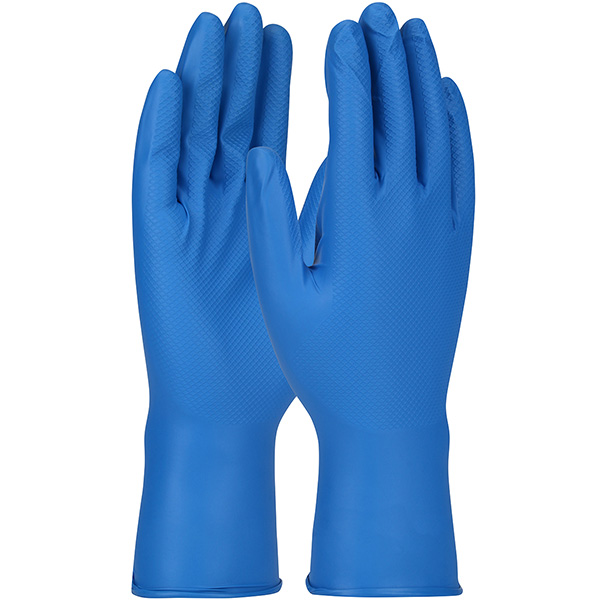 Extended Use Disposable GlovesGrippaz™ Food Plus67-308
Extended Use Disposable GlovesGrippaz™ Food Plus67-308



















